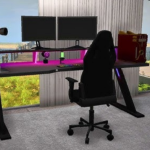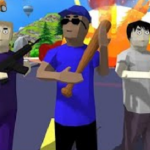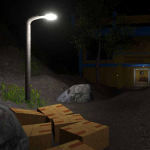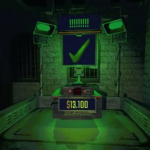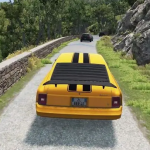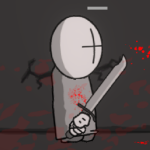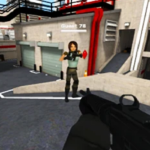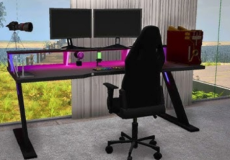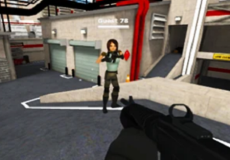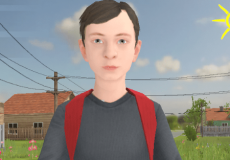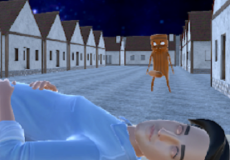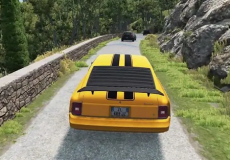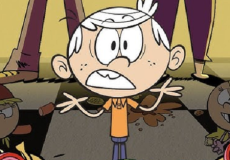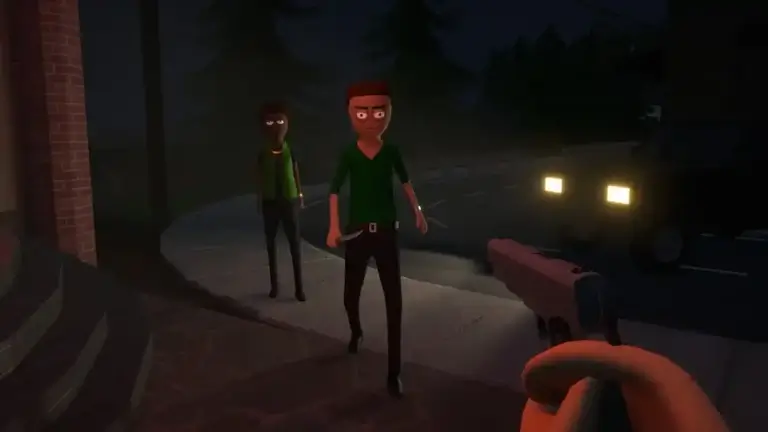

Huntsman
Advertisement
Huntsman unfolds within the decayed walls of an abandoned orphanage where silence holds weight. You step into the grounds not as a hero, but as a quiet observer drawn to unanswered questions. The building has long been empty of caretakers, yet signs of presence linger—portraits that seem too fresh, objects out of place, whispers that surface when no one speaks. With only a flashlight and time working against you, your task begins not with confrontation but with curiosity.
Advertisement
Similiar games
Huntsman unfolds within the decayed walls of an abandoned orphanage where silence holds weight. You step into the grounds not as a hero, but as a quiet observer drawn to unanswered questions. The building has long been empty of caretakers, yet signs of presence linger—portraits that seem too fresh, objects out of place, whispers that surface when no one speaks. With only a flashlight and time working against you, your task begins not with confrontation but with curiosity.
Throughout the orphanage, scattered details hint at those who once lived there. Each missing child has a story etched into the building’s bones. Photographs, toys, keepsakes—they aren’t just collectibles but pieces of lives left incomplete. You’re asked to match these objects with the right memory, not through menus or lists, but by listening. Environmental storytelling replaces exposition. The player learns not through cutscenes but by connecting fragments hidden in corners, drawers, and grave markers.
The Silent Pursuer
You’re never alone in the orphanage. Somewhere beyond the walls and hedges moves the Huntsman, a figure that doesn’t chase in the traditional sense. Its presence builds slowly through sound—distant ticking, subtle distortions, things that shouldn’t echo. The longer you stay in one place, the closer it seems to get. There’s no combat, no running. Avoidance is your only defense. The threat isn’t constant—it’s patient. Its unpredictability turns every search into a risk.
Sound and Space as Tools
There is no soundtrack to guide you—only footsteps, creaks, and static. Light behaves as it should but never quite helps enough. Each room has its own presence, and even the most ordinary locations feel altered. The hedge maze outside mirrors the orphanage in design: looping paths, sudden dead ends, and an increasing sense that you’re being directed somewhere, rather than choosing where to go. The visual design is minimal but deliberate, using shadow and structure to unnerve rather than overwhelm.
Huntsman is not built around speed or victory. It is a slow unraveling of what happened in a forgotten place, told through voices that never got to finish their thoughts. Your role is to listen, to piece together what remains, and to complete a task that no one else could or would. It isn’t a game about escape. It’s about walking through grief, one artifact at a time, while something unseen watches from the dark.
Discuss Huntsman

